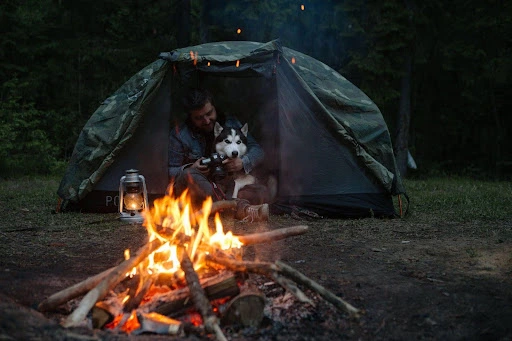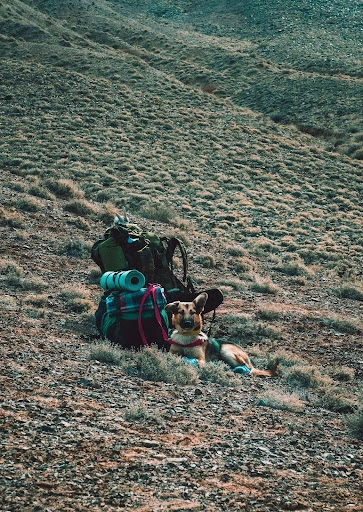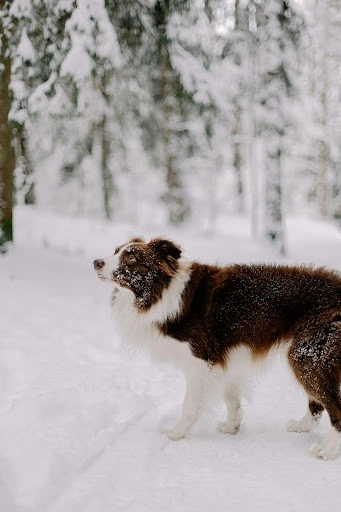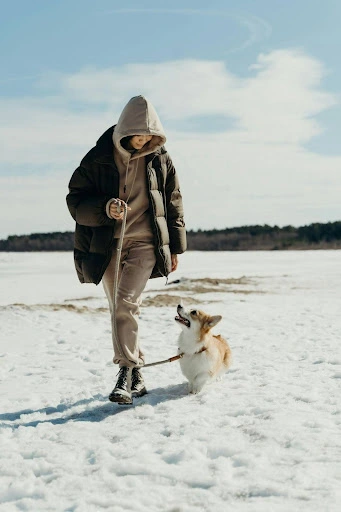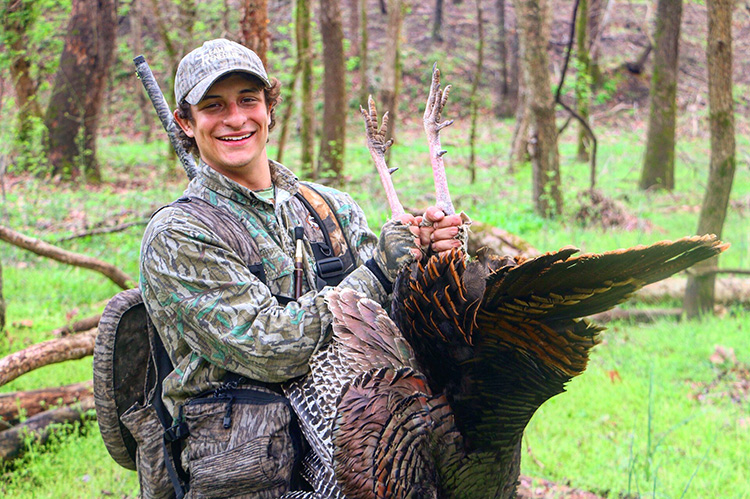Winter camping can be a thrilling adventure for both you and your furry friend. With the world turning into a serene, snowy wonderland, the experience of exploring the outdoors during the colder months offers a unique charm.
However, venturing into the winter wilderness with your dog requires careful preparation to ensure their safety and comfort. This guide will provide you with the essential tips and strategies to prepare your dog for a winter camping adventure.
From selecting the right gear to understanding your dog’s limits in cold weather, you’ll learn how to make your winter outing enjoyable and safe for your four-legged companion.
Table of Contents
Understanding Your Dog’s Breed and Tolerance to Cold
Before heading out into the chilly wilderness, it’s crucial to recognize that not all dogs have the same endurance or tolerance for cold weather. This section dives into the importance of understanding your dog’s breed-specific characteristics and how they can influence their comfort and safety during winter camping.
Knowing Your Dog’s Breed
Different dog breeds have varying levels of tolerance to cold weather, largely due to their historical backgrounds, coat types, and body fat percentages. Breeds like Huskies, Malamutes, and Saint Bernard are well-equipped for cold climates, thanks to their thick double coats and sturdy builds.
On the other hand, short-haired dogs like Greyhounds or breeds with thin builds like Chihuahuas tend to struggle in colder temperatures. Recognizing the genetic predispositions of your dog’s breed can help you make informed decisions about the protective measures needed to keep them warm and comfortable during your winter adventures.
Assessing Your Dog’s Cold Tolerance
Beyond breed characteristics, individual dogs may have different reactions to colds based on their age, health, and conditioning. To accurately assess your dog’s tolerance to cold, observe their behavior in chilly weather.
Signs of discomfort include shivering, reluctance to keep moving, and seeking shelter. It’s also essential to consider any health issues that may affect their ability to stay warm, such as arthritis or heart disease.
A vet check-up before your trip can provide valuable insights into your dog’s specific needs and help you tailor your preparation to ensure a safe and enjoyable winter camping experience.
Essential Gear for Winter Camping With Dogs
When venturing into the great outdoors with your canine companion during the colder months, equipping them with the right gear is crucial. This not only ensures their comfort but also their safety. From protective clothing to suitable sleeping arrangements, every item plays a key role in safeguarding your dog against the harsh winter elements.
Dog Clothing and Accessories
Just as humans need layers to withstand the cold, dogs can benefit significantly from specially designed jackets and footwear. A high-quality dog jacket provides an extra layer of insulation, protecting them against the biting cold and wind. It’s essential to choose a jacket that offers a snug fit while allowing for full mobility.
Dog boots are vital in safeguarding your pet’s paws from icy surfaces, toxic salts, and antifreeze chemicals commonly found on roads and sidewalks during winter. The boots also prevent balls of snow from building up between the foot pads causing discomfort and limping.
Beyond these, consider heated mats for rest stops, and LED collars for visibility during early dawn or late evening excursions.
Sleeping Arrangements
Ensuring your dog stays warm throughout the night is paramount in cold weather camping. Investing in a quality dog sleeping bag can provide your furry companion with a warm and cozy retreat. These bags are designed to retain body heat and provide a comfortable, insulated spot even on the coldest nights.
For dogs that prefer not to be confined, a thick, insulated pad can offer a similar level of warmth and comfort. Alternatively, dog cots are a great option for hot tents as the heat generally lingers closer to the top of the tent. The higher up off the ground your pooch is, the warmer it will be.
Health and Safety Precautions
When preparing for a winter camping trip with your dog, prioritizing their health and safety is essential. This section covers important considerations to keep in mind before and during your adventure.
Regular Vet Check-ups
For the most part, taking your dog winter camping isn’t a big challenge. These precautions are just for those who haven’t taken their dog out camping before, or if your pup has some health issues to be mindful of.
Make sure your dog is in top health by visiting your vet for a check-up. This is crucial as underlying health issues can be exacerbated by harsh winter conditions. Your veterinarian can determine whether your pet is fit for the cold and advise on necessary precautions to take based on your specific dog.
It’s also a good opportunity to ensure your pet is protected against common outdoor threats such as ticks and fleas, which can still pose a risk in colder weather.
Recognizing Signs of Hypothermia and Frostbite
Hypothermia in dogs can occur when they are exposed to cold temperatures for an extended period, leading to a dangerous drop in body temperature. Signs to watch for include shivering, lethargy, weakness, and shallow breathing.
Frostbite, though less common, can affect dogs’ ears, tail, and paws, areas where signs such as pale or blue skin, pain when touched, and swelling may be evident. If you suspect your dog is suffering from hypothermia or frostbite, immediate action is necessary.
Warm your dog gradually by wrapping them in blankets and providing a warm (not hot) environment. Do not rub or massage frostbite areas, as this can cause further damage. Seek veterinary care as soon as possible to ensure a safe and effective recovery.
One thing I like to do is treat the dog as I would treat myself out in the cold. If I notice that my feet are too cold or I have stood still for too long then I make sure the dog is not uncomfortable.
Other than that I am always vigilant about their condition. They are your best friends out in the wilderness and it would be a bad idea to not take care of your dog as well (or better) as you would yourself.
Training Your Dog for Winter Camping
Proper training is crucial for ensuring both you and your dog enjoy a safe and pleasant winter camping experience. Key training areas include recall and obedience, which are vital for navigating potentially hazardous outdoor environments.
A well-trained dog that responds reliably to commands can avoid dangerous situations, such as encountering wildlife or hazardous terrain. Socialization training is essential for the comfort of your dog and others. A dog that is well-socialized with other campers and their pets contributes to a harmonious camping environment, minimizing conflicts and stress for everyone involved.
Protecting Your Dog from Predators During Winter Camping
Ensuring your dog’s safety from predators such as coyotes, wolves, and even birds of prey is paramount while winter camping. Keeping your dog on a leash or within a secured enclosure, especially during dusk and dawn when predators are most active, significantly reduces risks.
Training your dog to respond to recall commands promptly can prevent them from wandering into dangerous territories.
Being vigilant and making noise can deter predators from approaching your campsite. Carry a deterrent, like a bear spray (where legal), for emergencies.
Final Thoughts
Winter camping with your dog can be a rewarding experience that strengthens your bond. It requires preparation, including training and gear, to ensure safety and comfort. With the right precautions, including predator protection, venturing into the winter wilderness becomes an enriching adventure for both you and your furry friend. Don’t hesitate to explore the great outdoors together.

